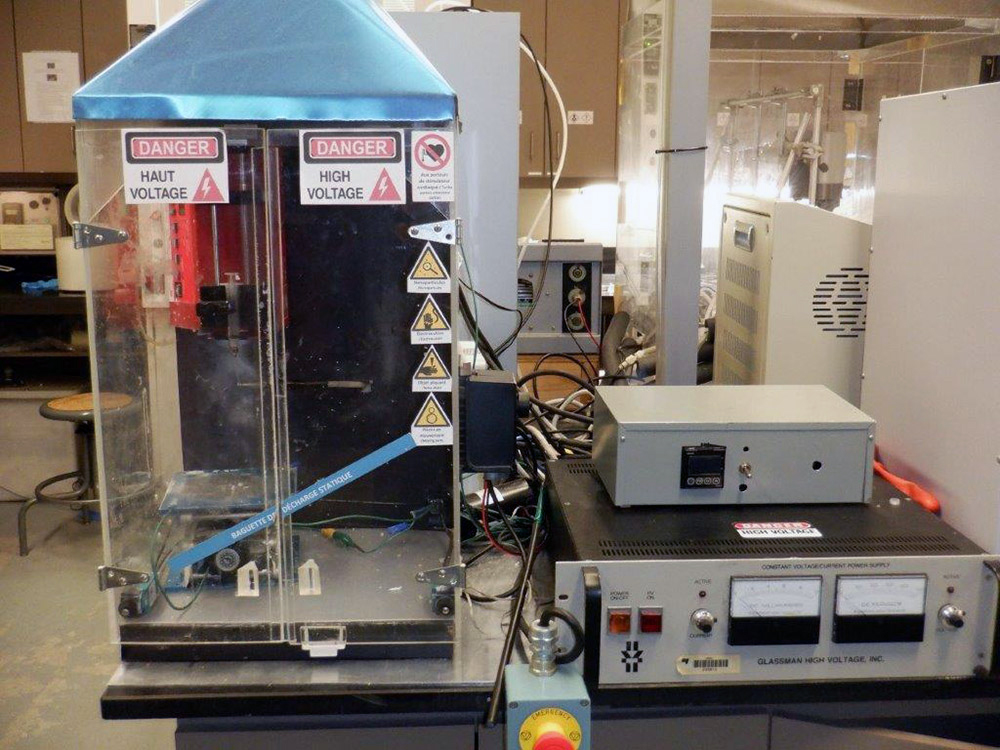
Electrospinning

Low pressure plasma reactor

High power sonicator
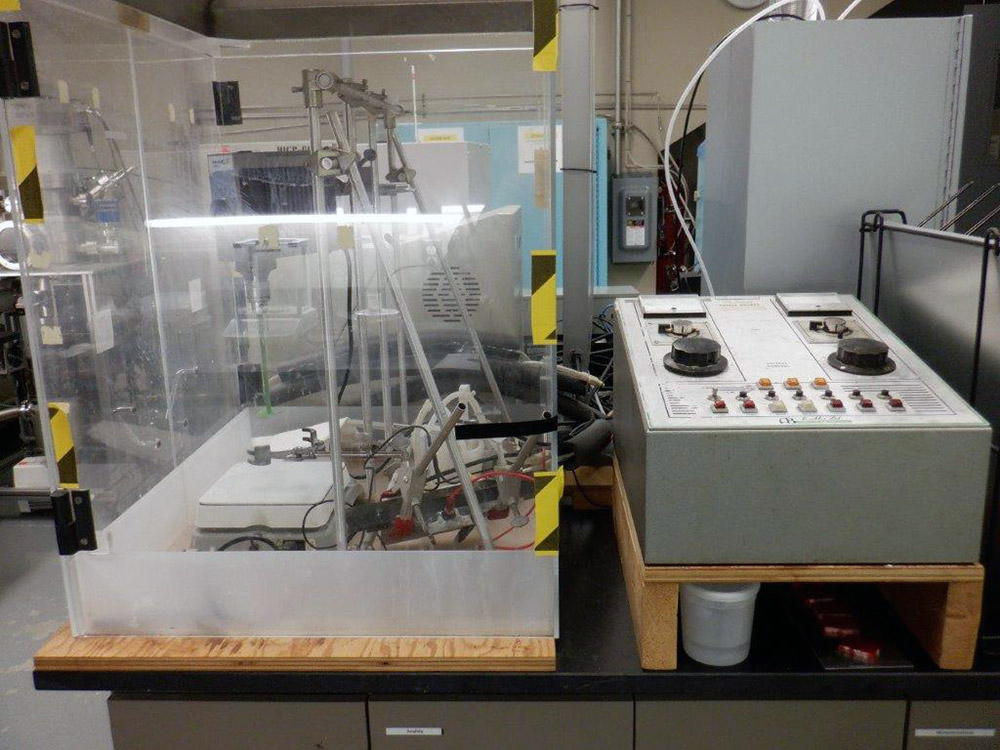
Anodizing system

Vacuum oven

Planetary ball mill

Homogenizer
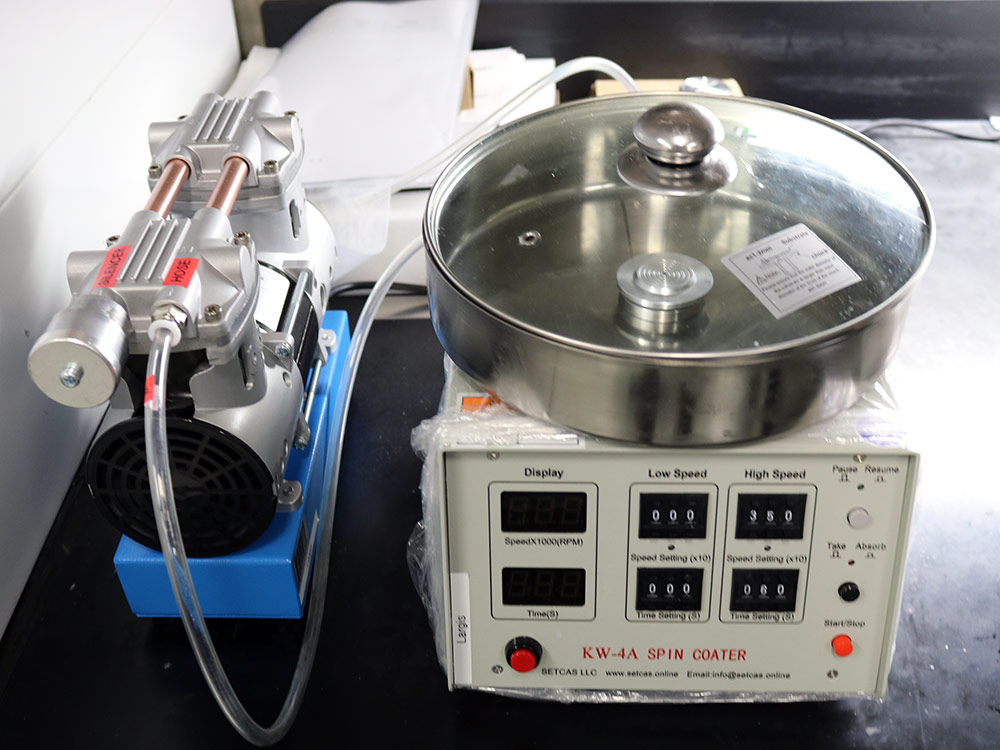
Spin coater
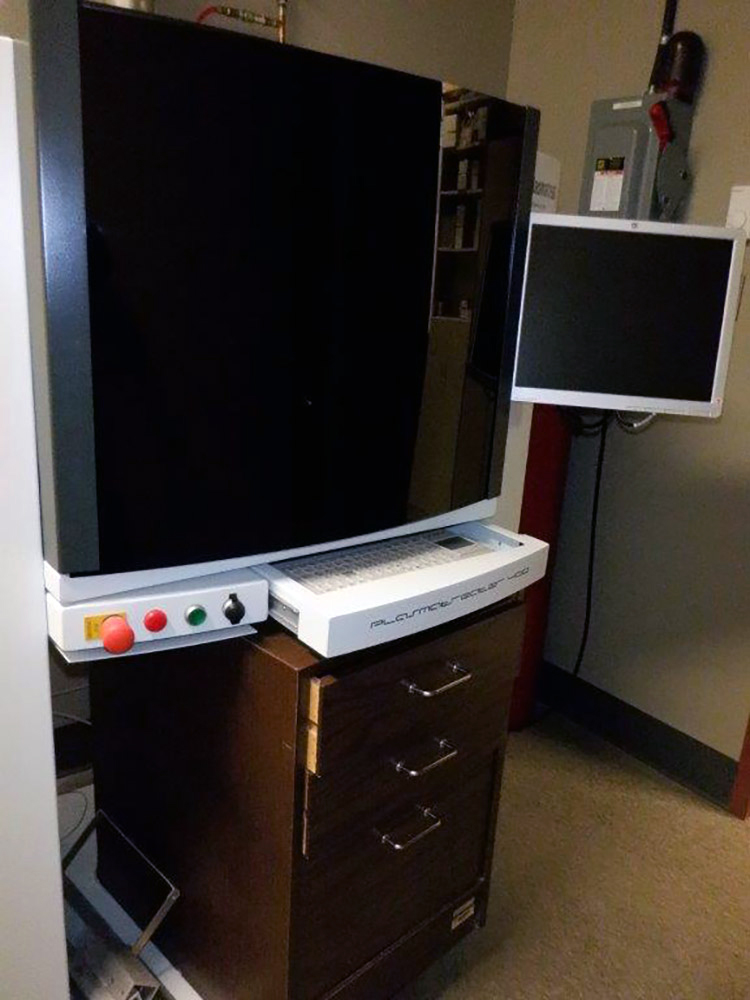
Atmospheric pressure plasma reactor
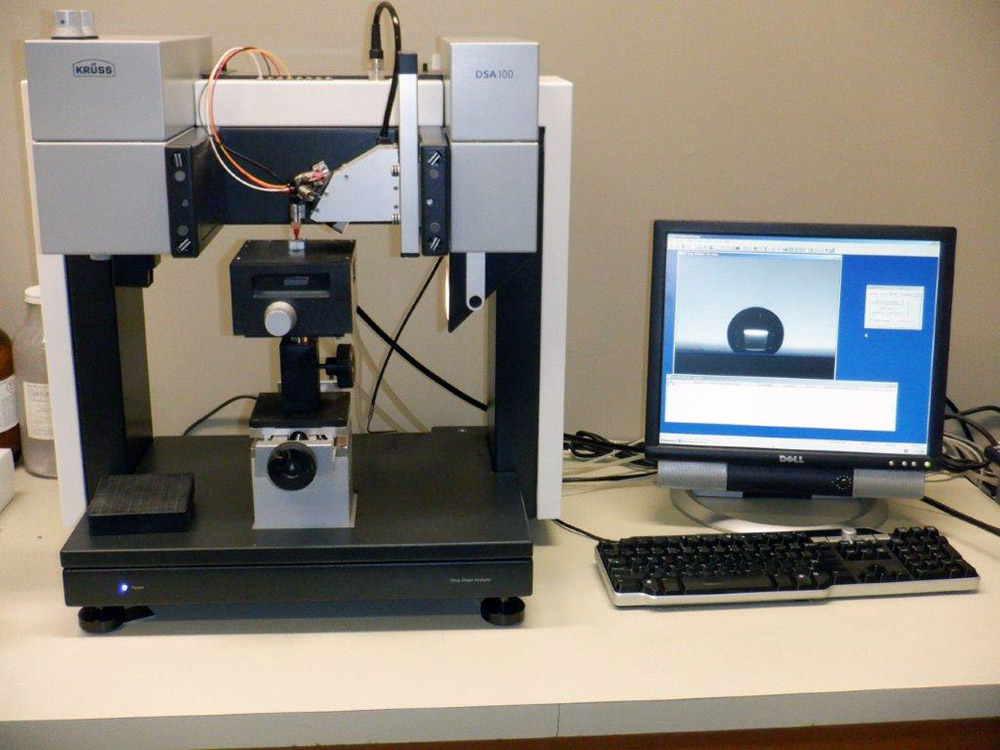
Contact angle measuring device
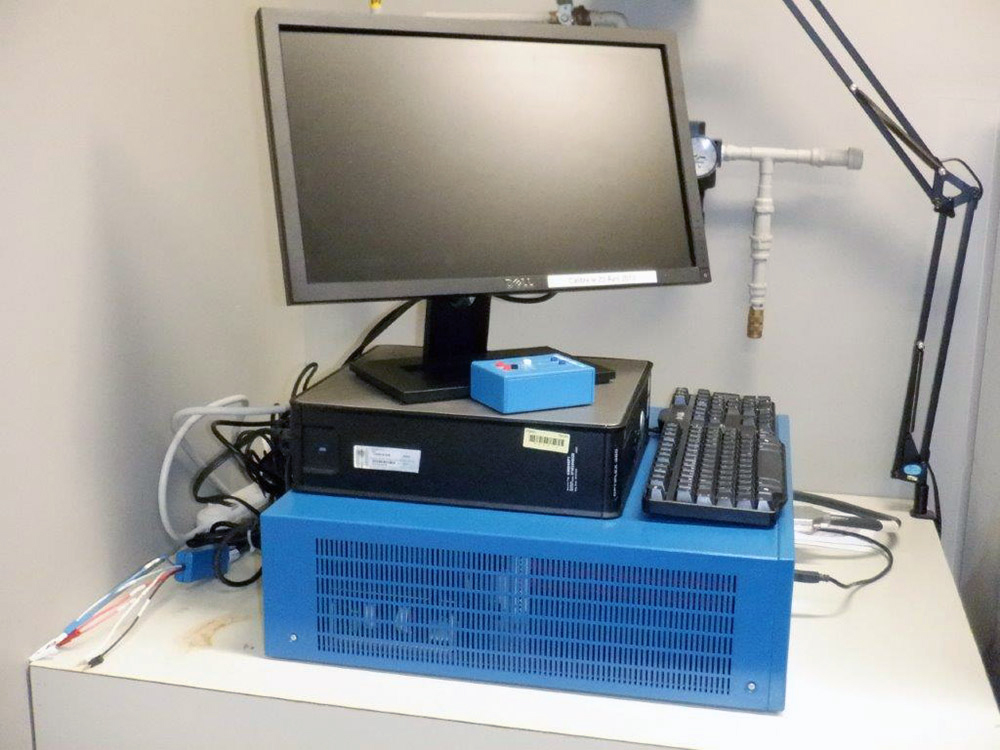
Potentiostat
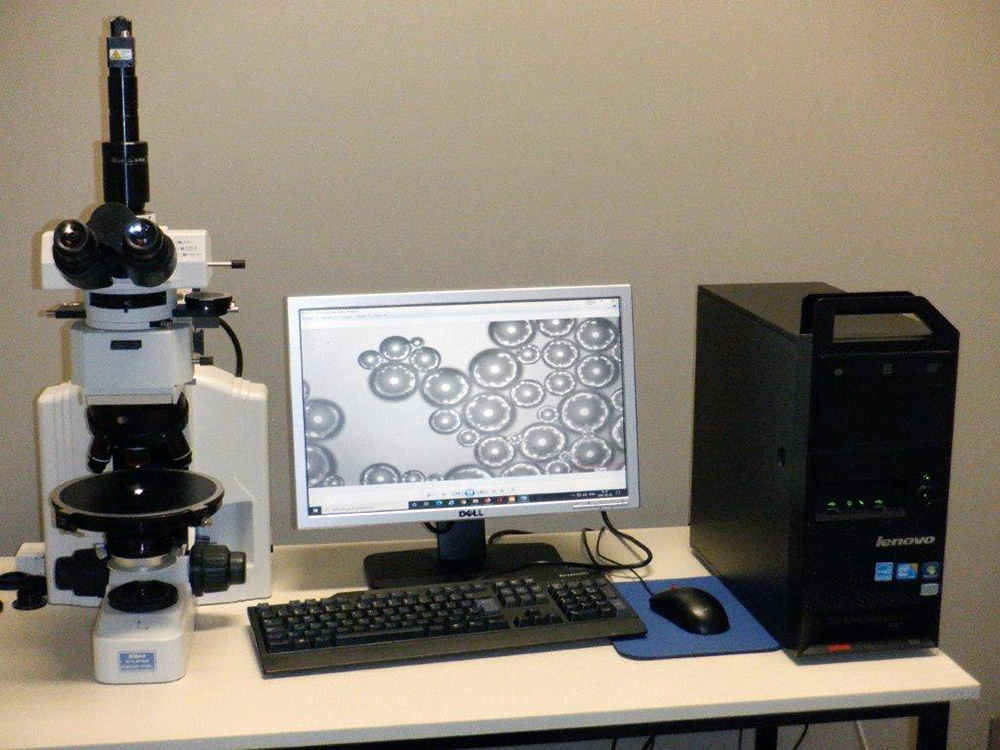
Polarizing optical microscope
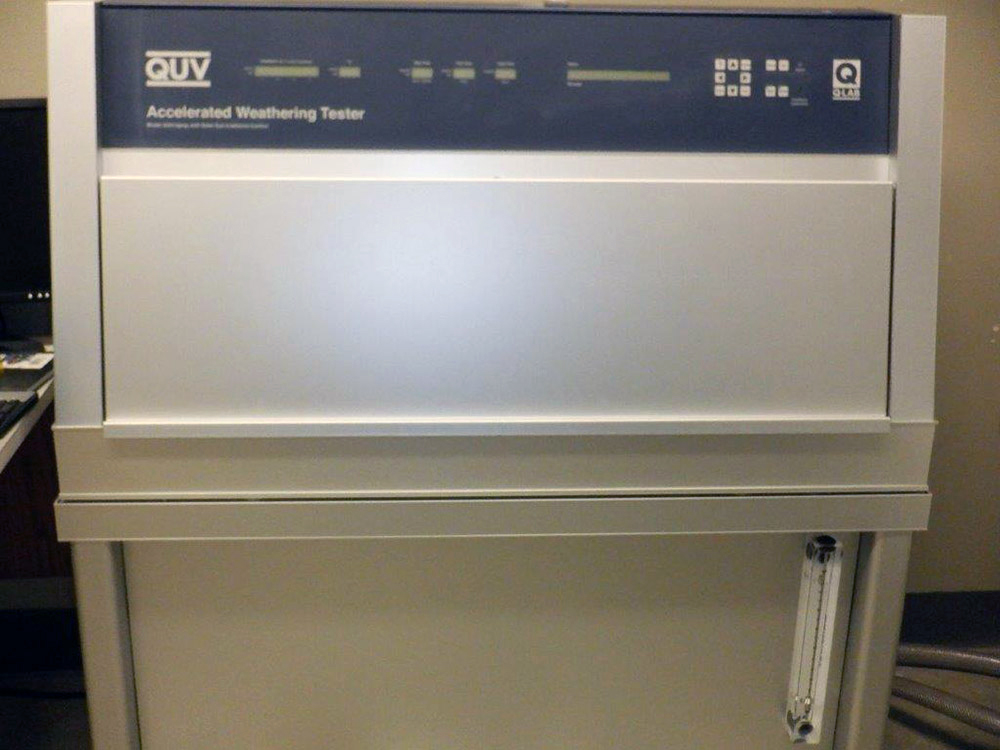
QUV accelerated aging machine
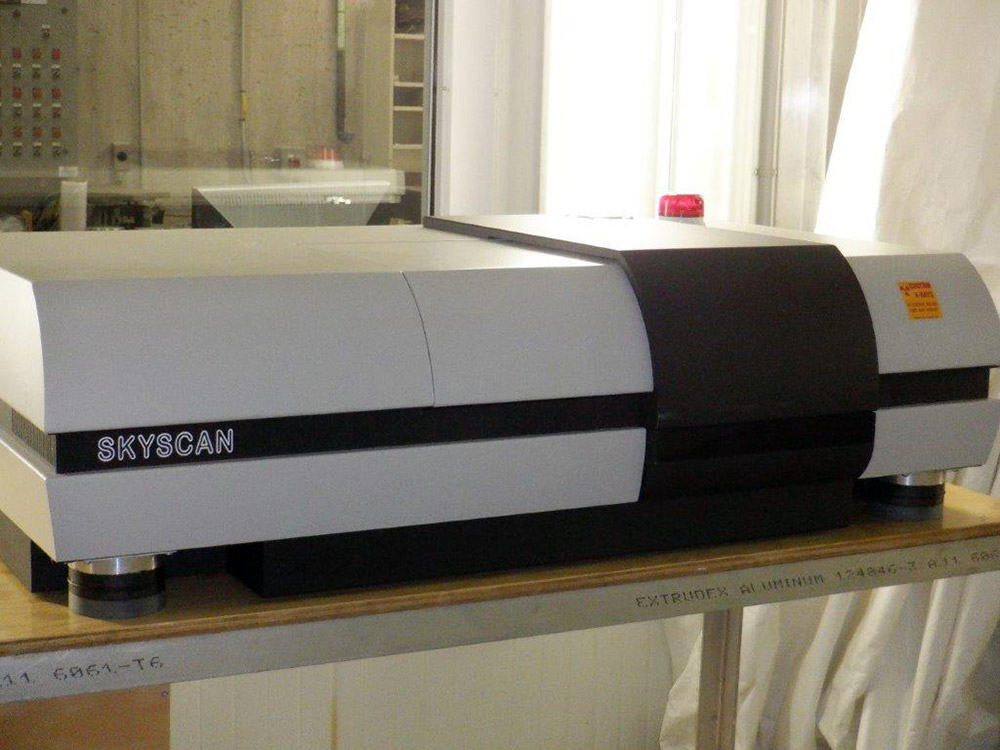
The X-ray microtomograph
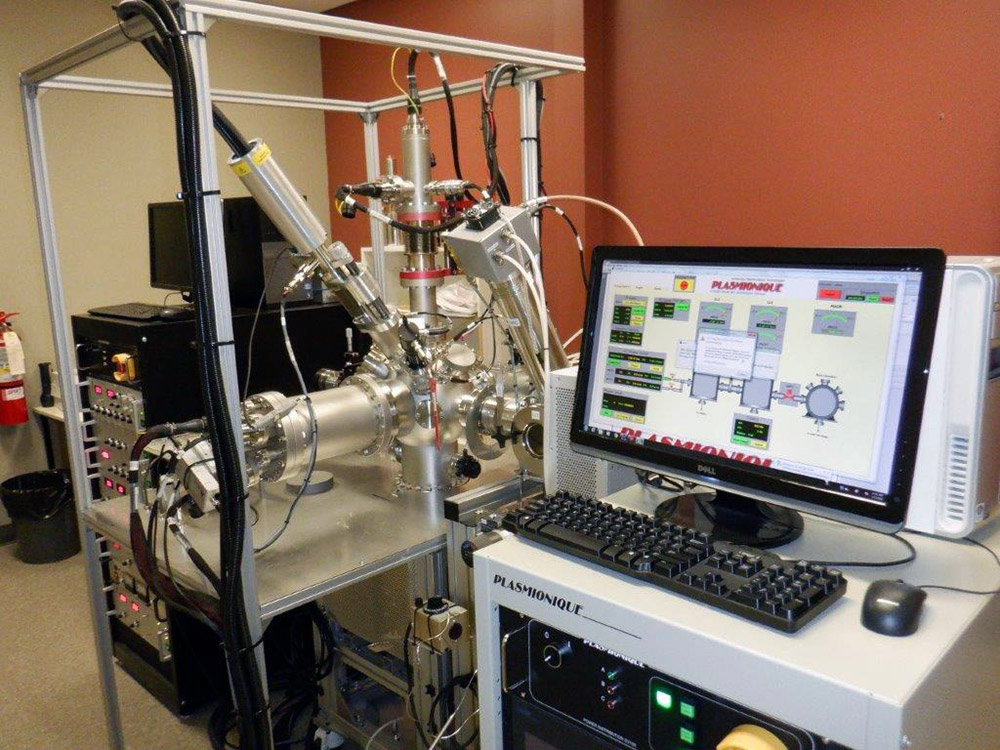
X-ray photoelectron spectroscope (XPS)
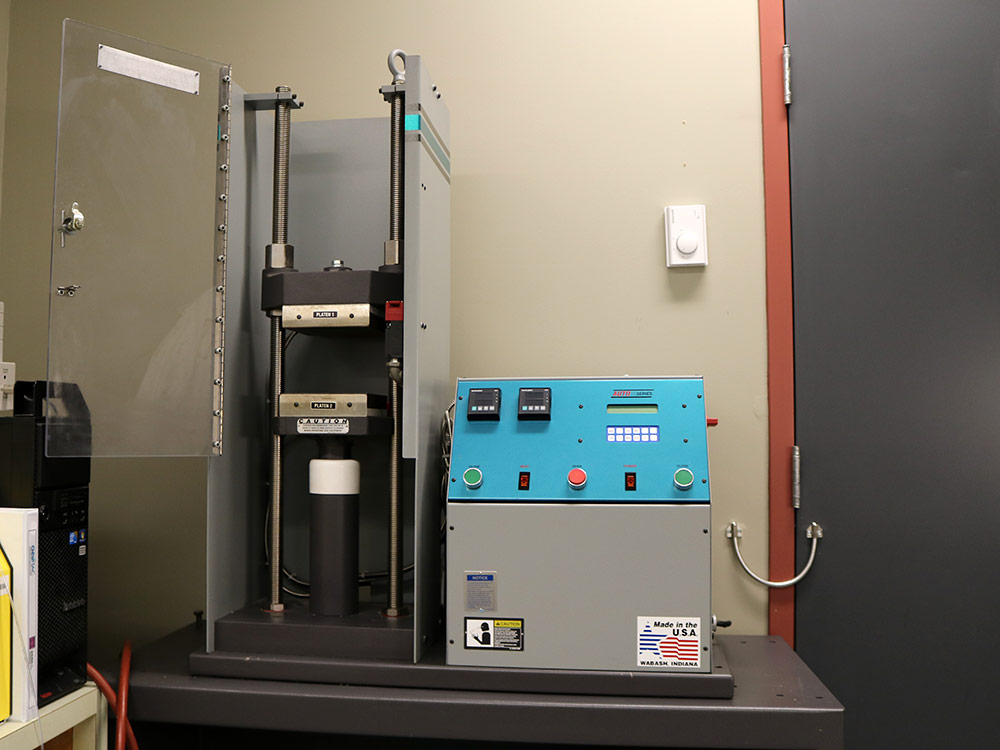
Compression molding system
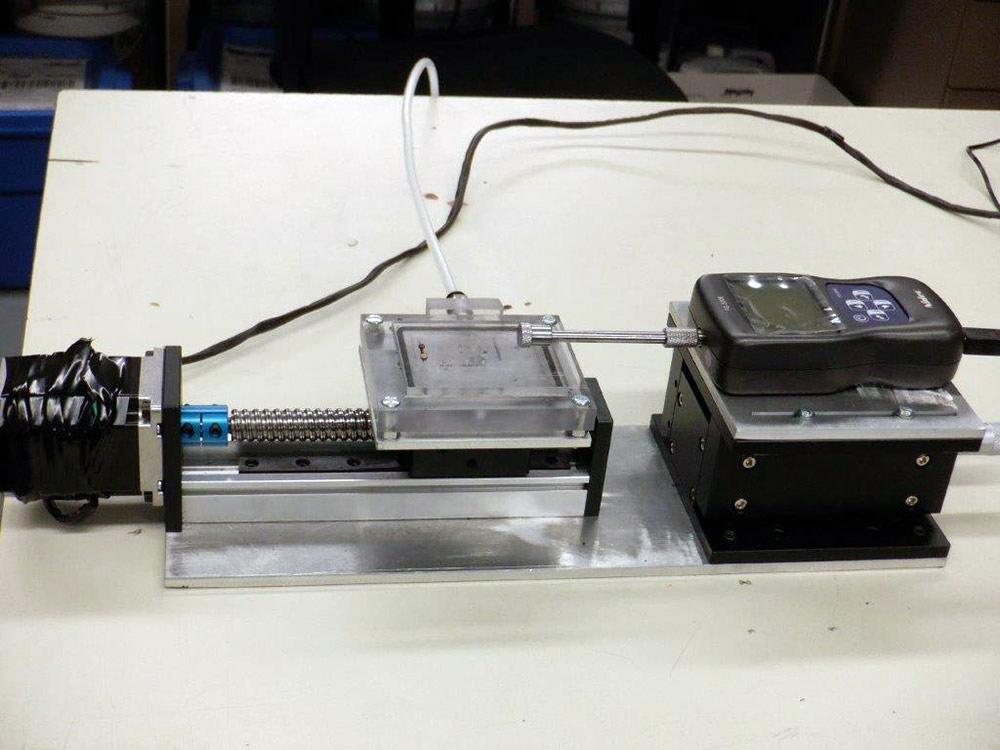
Ice adhesion measurement – Push-off test
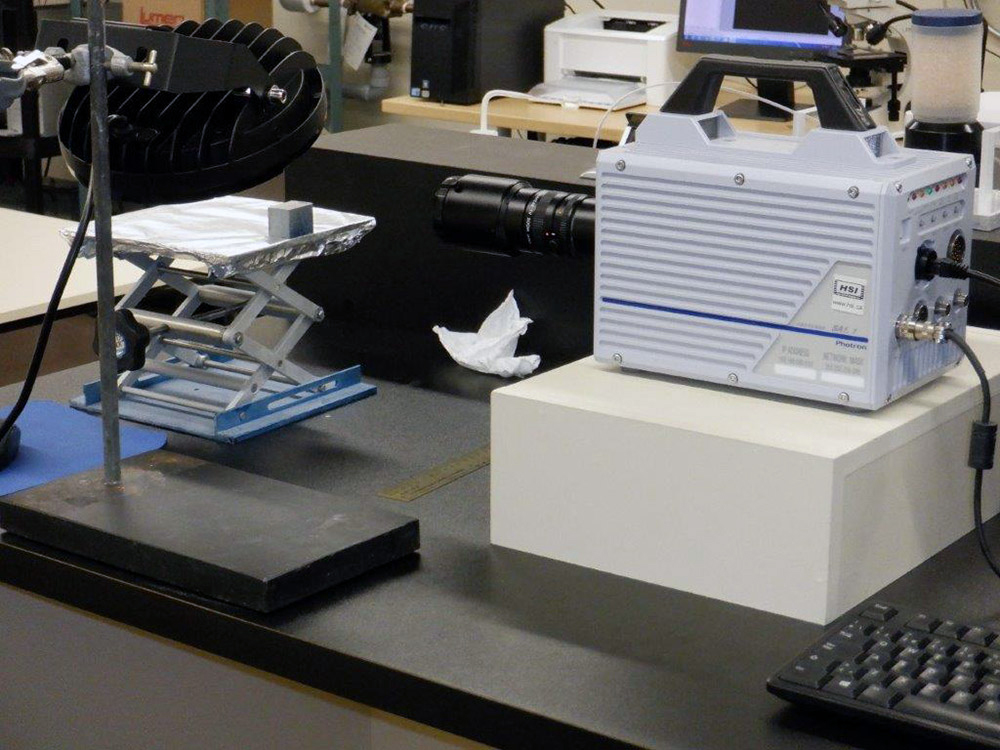
High speed camera

3D Printer
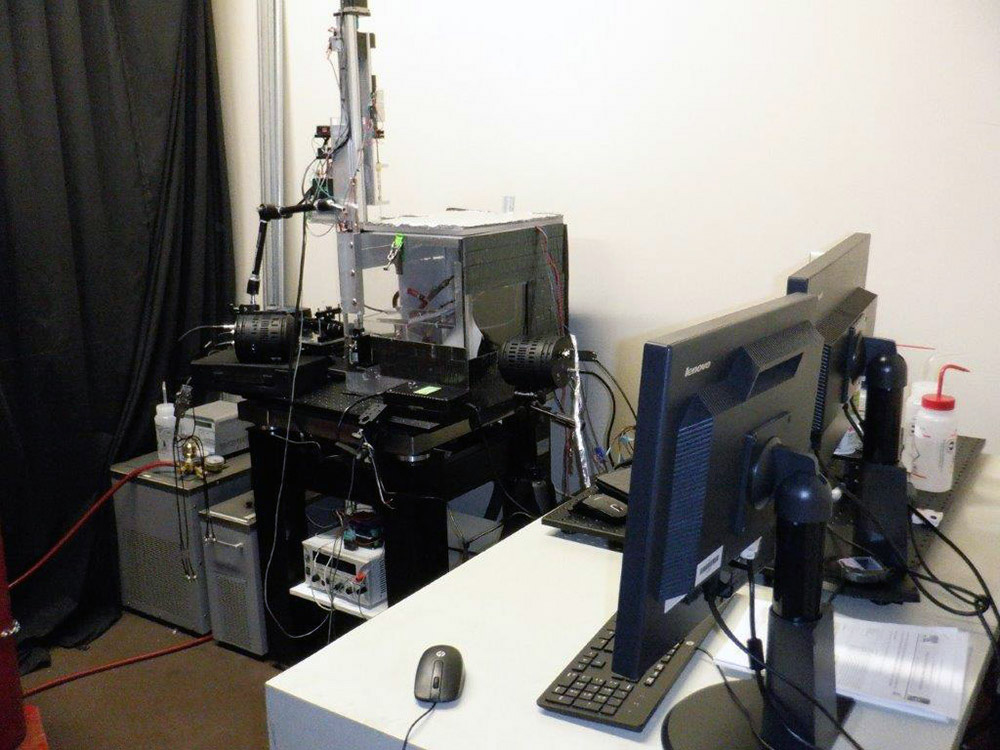
Ice nucleation and adhesion study system

Système de polissage de l’aluminium
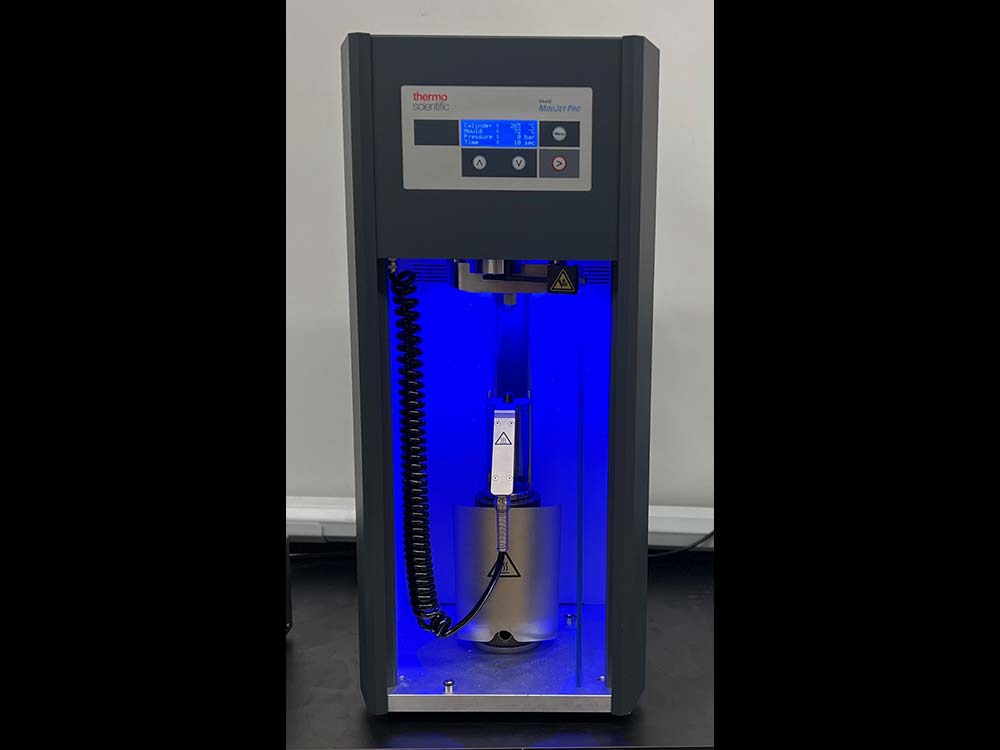
Micro-Injection system (HAAKE MiniJet Pro)
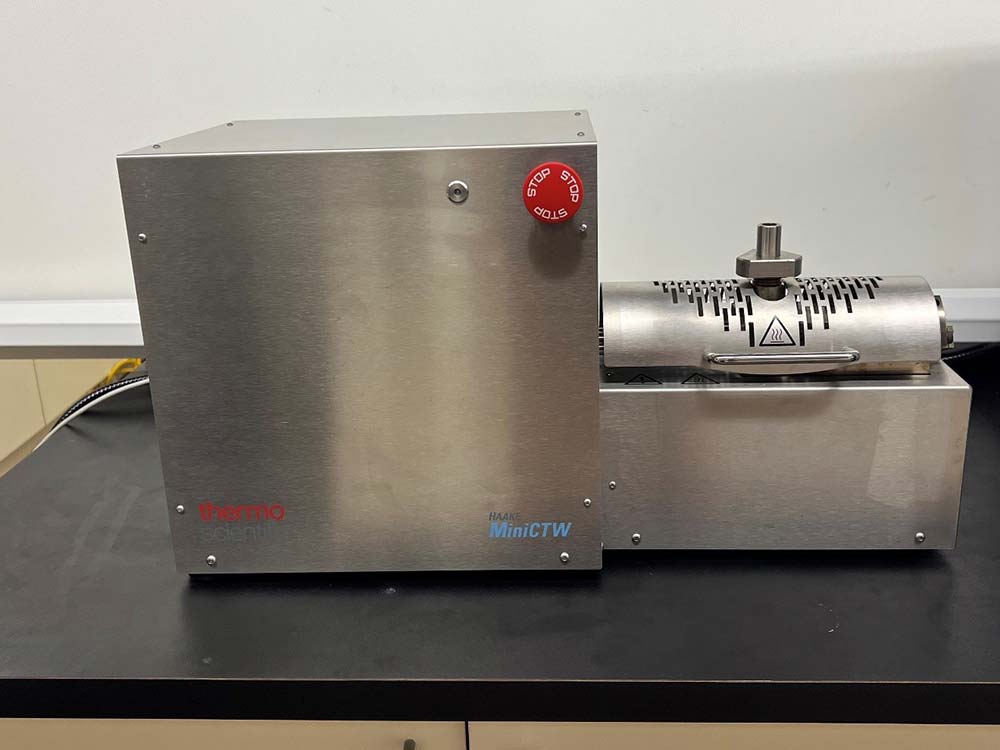
Micro-compounder (HAAKE MiniCTW)
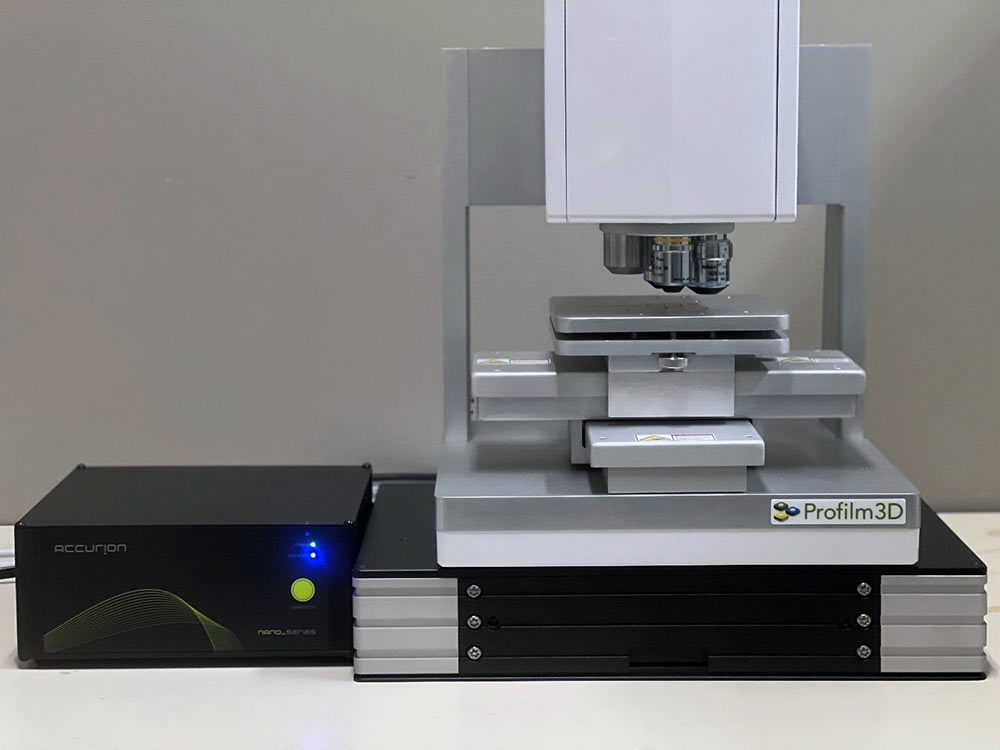
Profilm3D Filmetrics
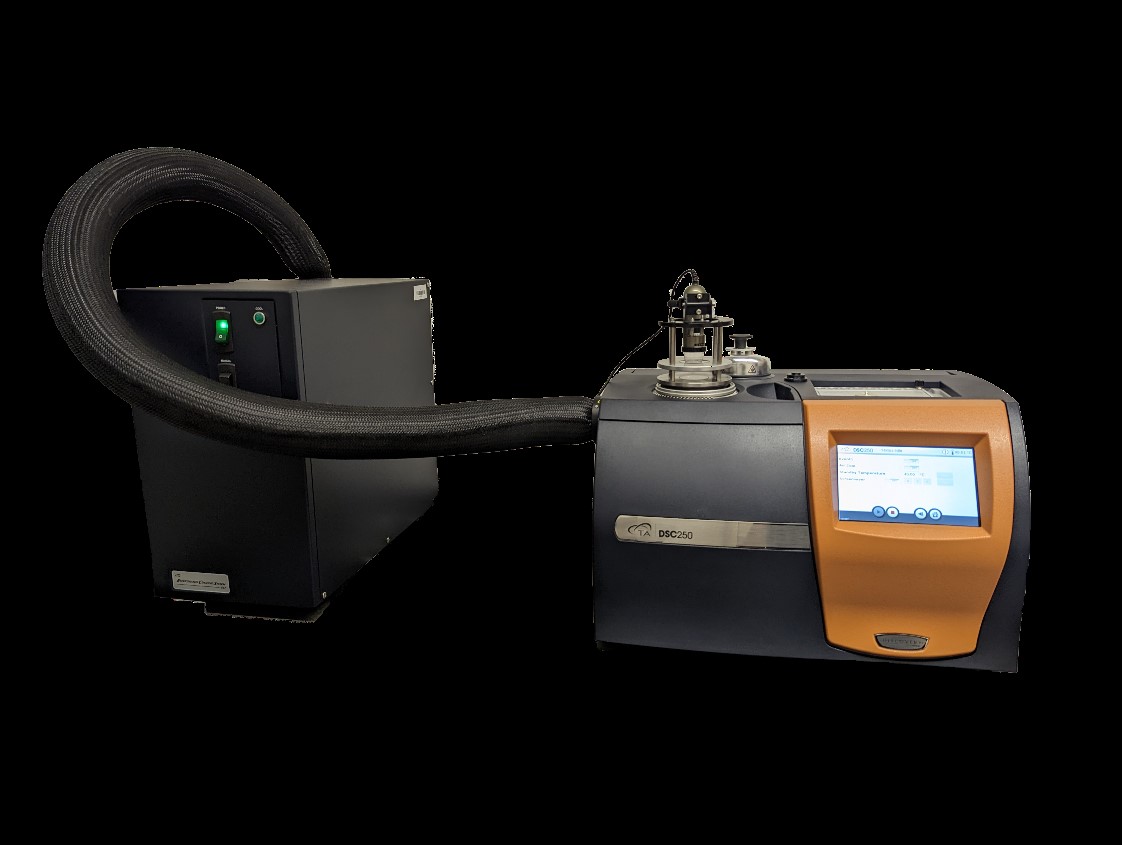
Differential Scanning Calorimeter (DSC 250) equipped with Microscope accessories
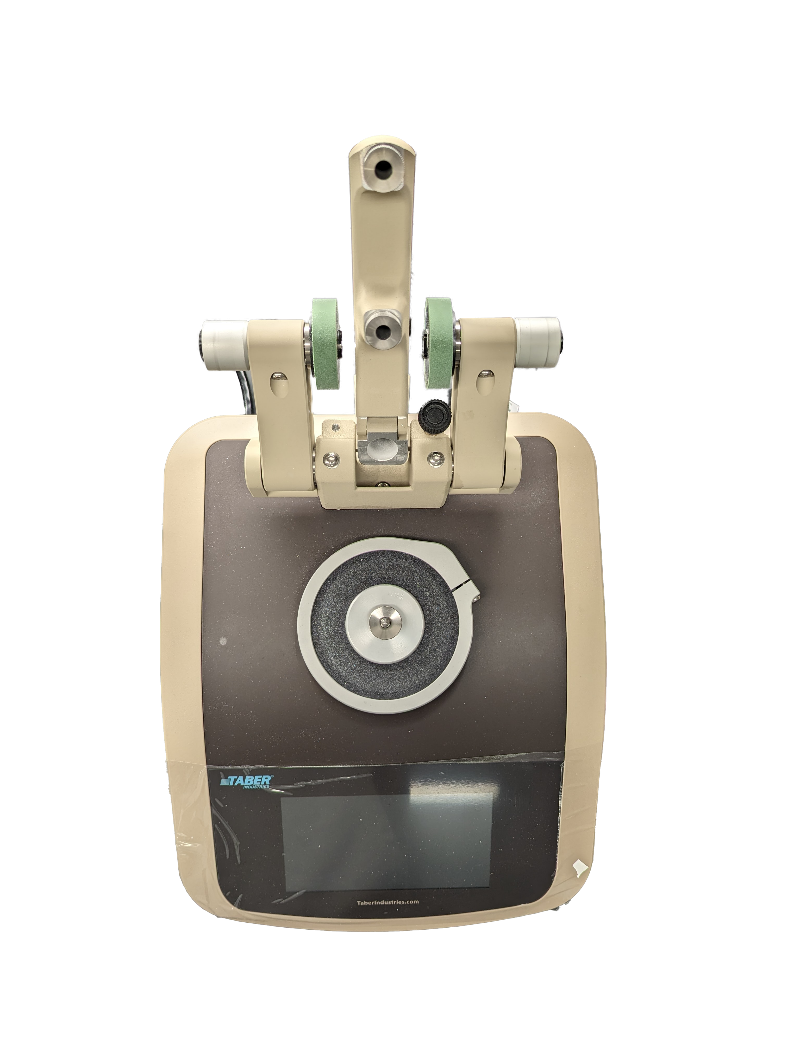
Taber® Rotary Abraser
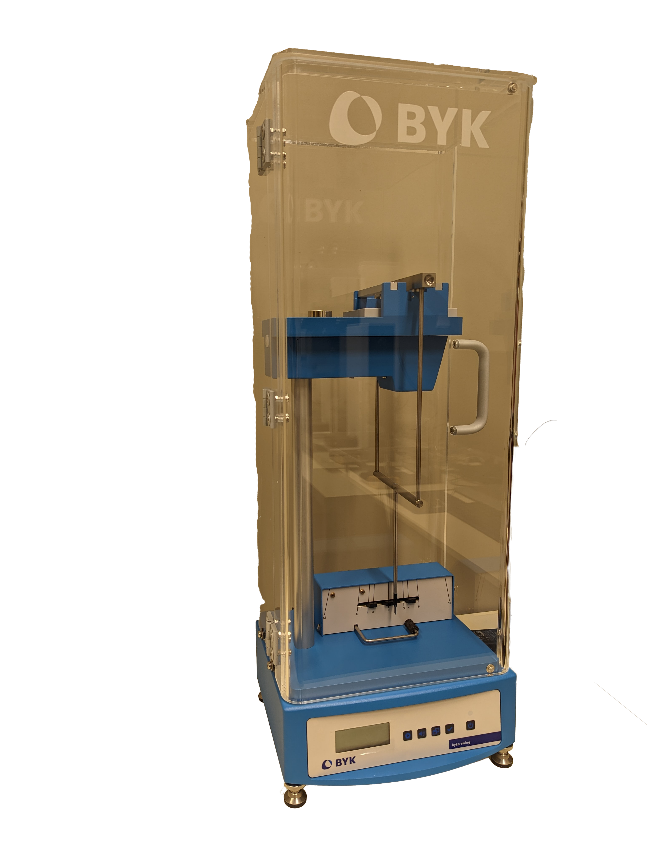
Pendulum Hardness Tester
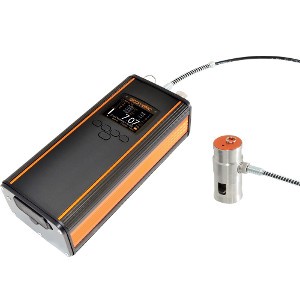
Pull-off adhesion tester
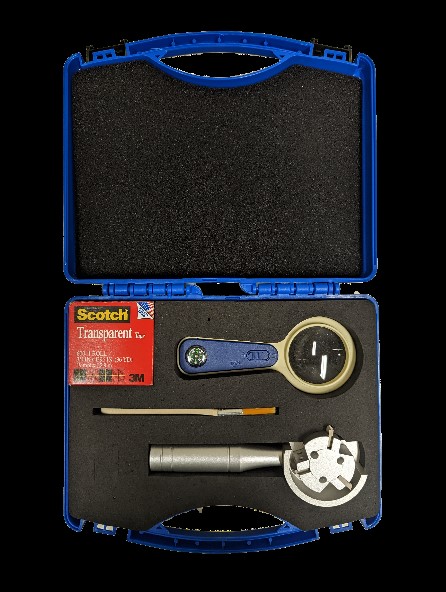
Top-tool Cross adhesion tester with 1mm/2mm/3mm blades

Electrospinning
This system allows us to manufacture non-woven polymer membranes with diameters varying from a few nanometers to a few microns. In this assembly of electrospinning system there is a high voltage generator Glassman High Voltage INC model WH50P10 (which can generate up to 50kV), an infusion pump (model NE-300), the heating system as well as a collector for fibers.
Fabricant:Glassman High Voltage inc
Modèle:WH50P10

High power sonicator
This high power sonicator could be used for various solution samples and applications. Sonicators with probe are ideal for cell disruption, nanoparticle dispersion, homogenization and sample preparation.
Model 705 Fisher Scientific; ultra high power;
Voltage: 117V, 50/60 Hz; The 1/21/2 ” probe.
Fabricant:Fisher scientific
Modèle:FP705

Anodizing system
Anodization is a surface treatment that helps protect or create micro / nano textures on the surface of different materials such as aluminum, titanium, etc.
In this system we have:
- An acid bath
- A mechanical stirrer
- A water cooling system in a PVC helical tube (to avoid acid attack)
- A cathode
- A power supply
Fabricant:UQAC
Modèle:to be determined

Vacuum oven
Use: drying, conditioning, storage, removal of gases from solids and liquids, vacuuming, humidity tests, strengthening and aging.
- PID microprocessor and control system with enhanced security.
- Exceeding temperature safety with DIN Class II controls
- Automatic adjustment and bias – internal calibration
- Timer: to turn the device on or off up to 99h 99min
- Temperature range: from +5 to + 250 ° C
- Convenient and easy for suction and aeration owing to the separate vacuum system and the ventilation system to adjust the suction.
- Easy to read suction data: 1 – 76 cm Hg
- 3 memory options: Save time with AUTO-TUNING function
Fabricant:Lab Companion
Modèle:JE10 TECH (0V-12)

Planetary ball mill
Efficient and fast mineral crusher used for nanoscale synthesis.
Fabricant:Micronano Tool
Modèle:PBM-04

Homogenizer
This apparatus is designed to disperse, emulsify or homogenize a wide range of solution samples ranging from 0.2 ml to 10 L.
Fabricant:Fisherbrand
Modèle:850

Spin coater
Fast and reliable equipment to deposit thin coatings on substrates down to a few micrometers. The rotation speed controls the thickness of samples to be deposited.
Fabricant:Setcas
Modèle:KW-4A

Atmospheric pressure plasma reactor
Polymerization and plasma treatment are carried out using an AS400 atmospheric pressure plasma jet (Plasmatreat GmbH, Germany). In this process, plasma parameters can be adjusted through the interface of software designed to control various aspects related to plasma generation and polymerization. Atmospheric pressure plasma polymerization can be advantageous due to its low energy consumption, shorter process times, absence of vacuum, and significantly higher growth rates.
Fabricant:Plasma Treater
Modèle:AS400

Contact angle measuring device
Static contact angle and contact angle hysteresis measurements are performed using a “Kruss ™ DSA100” goniometer equipped with a video camera.
The instrument is also equipped with a cold room with the sample stage (Peltier cooling regulator) which is able to reach –30 ° C with a control accuracy of 0.1 ° C. The contact angle at freezing temperatures and freezing delay time can also be measured.
Fabricant:Kruss
Modèle:DSA 100

Potentiostat
This potentiostat is used to perform potentiostatic and galvanostatic electrochemical experiments (corrosion, voltammetry, etc.). It also has the possibility of performing Electrochemical Impedance Spectroscopy experiments, which allows, for example, to study the efficiency and degradation of protective coatings.
Fabricant:Bio-Logic
Modèle:SP-300

Polarizing optical microscope
The E600 POL microscope uses a highly stable 12 volt, 100 watt light source for illumination, providing high quality optical images (objective lenses ranging from 4x to 100x).
Fabricant:Nikon
Modèle:Eclipse E600 POL

QUV accelerated aging machine
The study of the durability of surfaces in relation to natural factors, requires the simulation of an accelerated natural condition. For this purpose, a QUV accelerated weathering device manufactured by Q-LAB (USA) is used. The latter is able to reproduce exposure to ultraviolet (UV) rays from the sun and to water spray or condensation.
Fabricant:Q-LAB
Modèle:QUV/SPRAY

The X-ray microtomograph
This system essentially makes it possible to reconstruct a sample in three dimensions from radiographs taken over a range of 180 °. The Skyscan 1172 microtomograph allows the study of samples and different materials which have the purpose to obtain information on their internal morphology as long as they provide sufficient transparency to the X-rays to which they are subjected. This system can be used at sub-zero temperature to study the interface between ice and surfaces.
Fabricant:Skyscan
Modèle:1172

X-ray photoelectron spectroscope (XPS)
PS/AES system jointly manufactured by Staib Instruments GmbH (Germany) and Plasmonique Inc. (Quebec, Canada). This system has two different side chambers which can be used to prepare samples for analysis. These two chambers are equipped with a magnetron sputtering, plasma generator and ion beam that can be used to prepare the sample before transferring it to the main analysis chamber. The spectra obtained by X-ray spectroscopy and Auger electron spectroscopy are subsequently analyzed with “CasaXPS” which is an analysis software developed by Casa Software Ltd. (UK).
Fabricant:Plasmonique Inc.
Modèle:FLSP2100-XPS

Compression molding system
A pressing machine manufactured by Carver Inc. USA is used as a flexible and suitable process for the fabrication of micro/nano-structural surfaces. The maximum pressure capacity of the machine is 15 tons. The force can adjusted from 700 to 43,700 lbs. This machine is also equipped with two temperature adjustable trays. The temperature range is from room temperature to 350 ° C. The dimension of its cavity is 25 mm × 25 mm × 6.5 mm.
Fabricant:Carver Inc.
Modèle:3889 1D10a00

Ice adhesion measurement – Push-off test
Ice adhesion measurements are carried out on icephobic coatings developed in our lab using push-off test. Liquid water is frozen at -20°C in cylindrical molds over the sample surfaces in a cold room with adjustable temperatures. The push-off test directly measures the force required to detach the ice block from the surface of an icephobic coating. The measurements are displayed directly on the software which corresponds the ice adhesion strength.

High speed camera
The high-speed “Photron SA 1.1” camera capable of recording 600,000 images per second.
Fabricant:HSI Photron
Modèle:Fast Cam SA 1.1 675K-M2

3D Printer
The “Sonic Mini 4K” is a 4K 3D printer that offers ultra-high resolution with 722 PPI. The printer has a 4K resolution at 35 µm and a print area of 6.1 inches. Owing to the monochrome LCD technology, the Sonic Mini 4K is able to print one layer within seconds.
Fabricant:Phrozen
Modèle:Sonic Mini 4K

Ice nucleation and adhesion study system
This system allows us to study the impact of surface characteristics (wettability, topography, properties of liquid droplets) and environmental conditions on the nucleation and adhesion process of ice.

Système de polissage de l’aluminium
The grinding and polishing machine is equipped with a sample holder which allows precise substrate preparation, including, aluminum, steel, etc. Several sandpaper sizes from 1000mesh to 10mesh can be quickly changed for desirable surface roughness and homogenous surface preparation.

Micro-Injection system (HAAKE MiniJet Pro)
The HAAKE MiniJet Pro system is a piston injection molding system. In this system, in comparison with conventional injection molding units, the material consumption is reduced dramatically due to reduced cylinder volume and an almost complete transportation of material into the mold, resulting in minimal loss and waste.
This system can handle up to 1100 bar, thus enabling the processing of highly viscous materials. This injection molding system could be used in conjunction with micro compounding systems (also available at LARGIS), making it an ideal complementary tool for compounding and sample preparation.
Some of the features of this injection molding system are as followed:
- Simple loading of powders and pellets within the system cylinder
- Quick and easy removal of the heated cylinder for melt applications when connecting to the HAAKE MiniLab or other extrusion systems
- Simple design for the exchange of molds without tools
- Interchangeable molds: Specimen geometries offered from standard to unique, customized mold

Micro-compounder (HAAKE MiniCTW)
Research and development in polymer science and hybrid materials usually need optimizing or improving the properties by introducing additives, fillers, or fibers. Therefore, a laboratory scale compounding setup with a broad accessory portfolio is required to enable further mechanical testing or color matching, i.e. tensile, modulus, impact, DMA or melt rheology. The Thermo Scientific HAAKE MiniCTW is a micro-compounder for compounding and extruding very small amounts of material (about 5 g). Via an integrated back-flow channel, the filled sample can be extruded into a circulation. The manual controlled bypass diverts the sample material to the back-flow channel of the extruder outlet. This twin-screw compounder is designed for research and development means. This system can be a great asset while compounding expensive or small-scale materials such as nano-composites or engineered polymers. The instrument is based on proven, conical twin-screw technology with co- and counter-rotating screws, and it works as a standalone unit with data export. Due to the channel and a backflow bypass valve, the residence time can be exactly defined.
The HAAKE MiniCTW Micro-Conical Twin-Screw Compounder is ideal for the precisely controlled reactive extrusion of high-viscous melts. By running the instrument in circulation mode, the required reaction time for the reactive mixture can be controlled easily. At the end of the test, the bypass valve can be opened and the sample is extruded as a strand. By measuring the torque of the drive motor, the reaction process can be monitored effectively.

Profilm3D Filmetrics
An optical profilometer (Profilm3D Filmetrics®, USA) is used to quantify surface topography and film thickness of a wide range of materials by analyzing their surface profiles. Roughness is measured by capturing the 3D profiles of the surface structures using a white light interferometry (WLI) to measure surface profiles and roughness to 0.05 µm; the PSI option is added to measure at 0.001 µm.
Powered by an Accurion Nano 30 active vibration isolation system, the profiler sits atop the vibration isolation system. With a fully motorized 100 x 100 mm stage, there is XYZ travel of 100 mm, piezo Z travel of 500 mm, and a manual tilt of 5°.

Differential Scanning Calorimeter (DSC 250) equipped with Microscope accessories
TA Instrument Discovery Differential Scanning Calorimeter (DSC) 250. This DSC is equipped with the Refrigerated Cooling System 90 (RCS 90). This configuration can be used for experiments requiring the temperature within an operating range of -90°C to 550°C. The maximum rate of cooling depends on the temperature range of the experiment. This system is usually calibrated for measurements between –90°C to 400°C. The DSC Microscope Accessory is used with the TA Instruments Discovery Differential Scanning Calorimeters. The accessory allows for visual observations of samples during testing in the DSC in the form of static images or video. The microscope camera is active during the experiment to allow for real-time visualization of the material with both static images and video files that can be saved to view after the test is complete. Events that appear in the heat flow data can be confirmed or better interpreted with the coordinating image or video of the physical change that may also occur. The collected visual media can be used to precisely show some of the physical phenomena only previously theorized due to the lack of concrete visual evidence a heat flow trace alone does not have the capabilities to show.

Taber® Rotary Abraser
An industry standard wear and durability testing used primarily in the testing of ceramics, plastics, textiles, metals, leather, rubber, paints, coatings, lacquered and electroplated surfaces. The load on the wheels can be adjusted to 250 g, 500 g or 1000 g. Each specimen is abraded using a rotary rubbing action under controlled conditions of pressure and abrasive action. The test specimen, mounted on a turntable platform, turns on a vertical axis against the sliding rotation of two abrading wheels. One abrading wheel rubs the specimen outward toward the periphery and the other inward toward the center. Specimens are abraded repeatedly for a set number of rotational cycles, typically 500, 1000 or 5000 cycles. Abrasion (wear) resistance is calculated as loss in weight at a specified number of abrasion cycles (loss in weight per cycle) or as the number of cycles required to remove a unit amount of coating thickness.

Pendulum Hardness Tester
Fully automated instrument for measuring pendulum hardness in accordance with the König and Persoz methods
Compliant with ASTM D4366 and ISO 1522
Smallest sample size: 65mm x 75mm (2.6 x 3.0 inches)
Largest sample size: 102mm x 229mm (4.0 x 9.0 inches)
Maximum sample thickness : 8.5mm (0.33 inches)
Minimum sample thickness is limited by the rigidity of the sample

Pull-off adhesion tester
The Pull-Off Adhesion Tester accurately measures the strength of the bond between the coating and the substrate.

Top-tool Cross adhesion tester with 1mm/2mm/3mm blades
Cross Hatch Adhesion Tester is ideal for measuring the cross-hatch adhesion of coatings up to 60µm (2.4mils) on flat surfaces and test panels.
